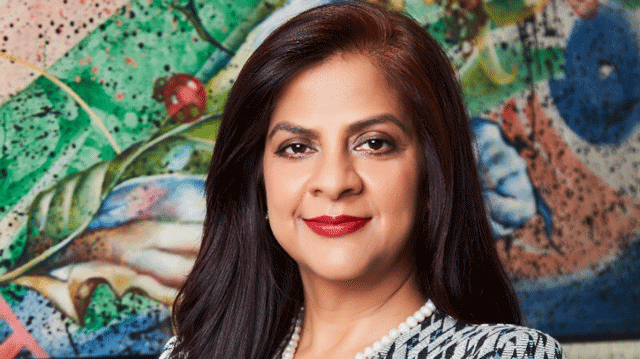Gender Lens Investing (GLI) – an oft heard term in the DFI (Development Finance Institution) circles, is the advocated way forward for the PE/VC industry to address the issue of poor gender diversity. The GenderSmart Investing website notes that GLI “has grown to an increasingly integrated part of mainstream ESG strategies”. Originally born from efforts to finance women entrepreneurs and, small and growing business owners, it has evolved since the term was coined in 2009. Throughout its evolution, there is a strong link to larger social issues including supporting small businesses, reducing gender-based violence and, women’s economic advancement and empowerment. It is easy to understand that link, given GLI has been championed by the DFIs.
Despite this championing though, the response has been slow. The conversation is very much there, and we hear about the occasional GLI fund launch - what we don’t hear about is how successful those funds are. It is probably early to start talking about their fund performance, but how about fund raising success? A key challenge is the hesitation amongst LPs (Limited Partners) to allocate capital to GLI funds or to ask their portfolio fund managers to adopt a GLI approach. Additionally, even for those willing to allocate capital, the pipeline of GLI funds is very thin. We also see leading, successful fund managers staying away from GLI.
In a capitalistic industry such as PE/VC, one would expect capital to flow towards the best opportunities. Does the above mean GLI is not a good opportunity? Or that the PE/VC industry does not believe in gender diversity? I believe it is neither of the two and the issue lies somewhere else.
GLI has developed as a niche investing strategy, one that is not yet supported by a strong business case. It has been a challenge for DFIs themselves to adopt a GLI approach into their own direct investment portfolios. One ’women-first’ fund manager that I spoke to told me that they had gone through multiple databases to narrow down the universe of investible companies within the ‘women-first’ approach - that universe was 300 companies strong. An average fund manager sees at least a couple of hundred companies in a year before investing in two or three. Clearly the investible universe is extremely small if we expect several fund managers to back such businesses. Another narrow interpretation of GLI funds seeks to back women fund managers. In an industry which has seen only 7-10% of its leadership roles belong to women, there is naturally a paucity of experienced women fund managers wanting to launch their own funds.
It is possible that prescriptive approaches like GLI are more exclusionary than inclusive. Let’s think about this: we want the PE/VC industry to become gender balanced and we believe that GLI is the way forward. Does that mean businesses not run by women should not be funded? We would rule out a significant chunk of our economy in that case. Are we saying that LPs should no longer support non-GLI funds or funds with only male partners? Well, in this case we would rule out a significant chunk of the PE/VC industry. I don’t think so and neither does the investing world, something that is clearly indicated by the fund-raising data for non-GLI (or mainstream) and GLI funds.
In my view, gender diversity is a business agenda, and it should be mainstreamed as such. The biggest adverse effect of gender imbalance is the prevalence of biases – biases that interfere with the growth of women investors and entrepreneurs. The best way to interrupt this bias is to bring more women into the investing industry, as investors. The conversation on gender diversity should start with bringing diversity into the fund manager’s own team and operations, flowing forward into how the fund manager engages with their investee companies. Another thing that needs to be done differently is to focus on flow versus stock. Rather than exclude male dominant teams and strategies, work with them instead to bring about a change.
Winpe’s member firms, for example, have established specific recruitment processes that focus on a diverse pipeline and de-biased screening processes to support equal opportunity hiring. They measure gender data across various metrics and track progress. Many have launched unique initiatives to support their portfolio companies in building gender diversity, including bringing more women to boards of these companies before statute requires them to. They are supporting career programs that facilitate entry and growth for women in the industry.
It should not matter if the fund has only male partners as long as they are committed to nurturing a diverse team and succession line, and creating unbiased processes for how they hire, assess and invest. It should not matter either if they have backed male founders if there is a concerted effort to bring more women across levels into these companies. This is the influence that investors bring to the table, with constructive action plans and support. We are investors, we invest in opportunities, in what can be built, what can be created. Let gender diversity be the opportunity instead of the gatekeeper.
Nupur Garg is founder at WinPe and a senior private equity adviser.






